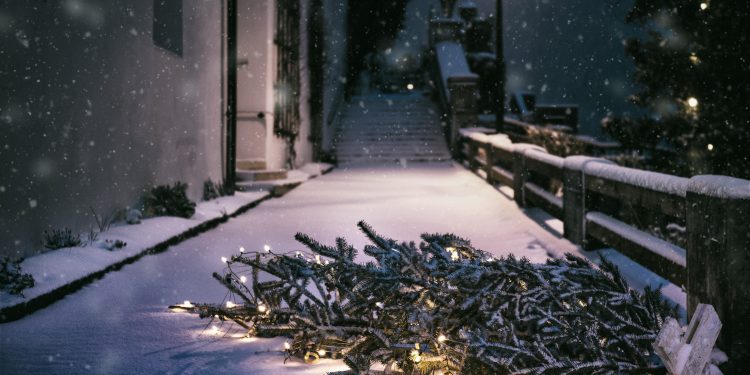We are, obviously, not talking about the colour of your Christmas tree.
Instead, we’re asking the pertinent question of sustainability: Is your Christmas tree eco-friendly?
This year, nearly 10,000 Christmas trees were imported into Singapore according to the National Parks Board. For about a month or so, the trees will stand proudly fully decked out in ornaments and lights, bringing the joy of Christmas festivities to homes, malls, and offices alike.
But what happens after that? When Christmas passes by and the new year rolls around, where do these trees go? Do they simply become waste? Well, that depends on you.
The journey of real Christmas trees
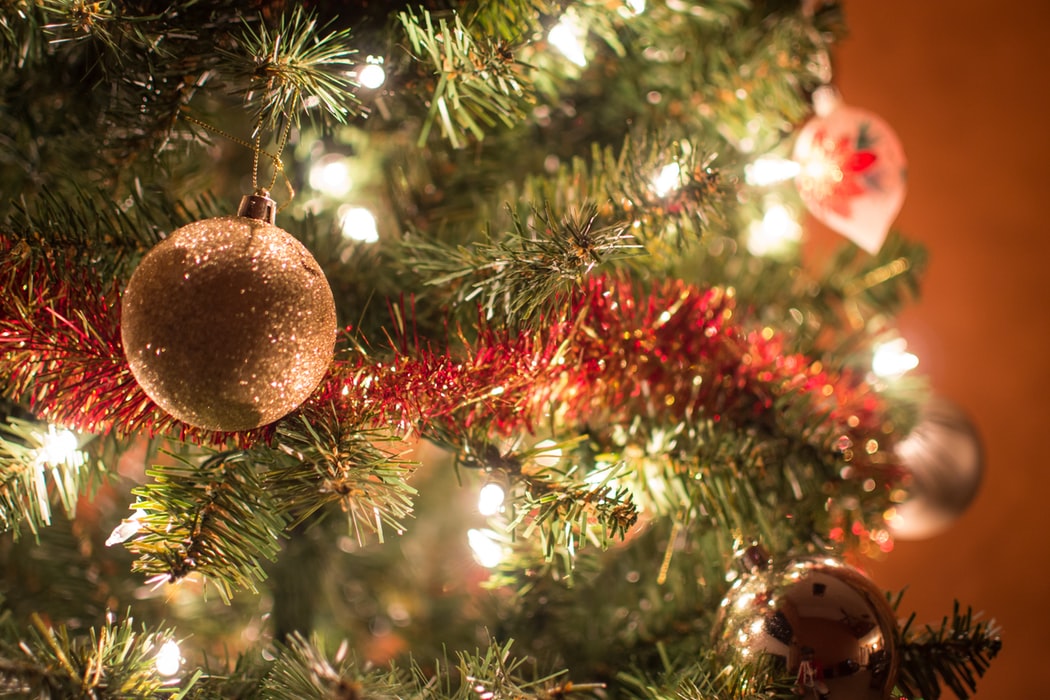
Contrary to popular belief, most Christmas trees these days are not harvested from natural pine or fir forests. Instead, they’re farmed specifically for the Christmas season.
While the thought of having a naturally-grown Christmas tree can be enchanting, the reality is that it’s simply more economical and sustainable to farm them. This way, habitats are not being destroyed due to excessive deforestation and the farmed trees do their part to absorb carbon dioxide before they are harvested. While the farming process admittedly does still have an environmental impact due to the use of fertilisers and pesticides, the real problem arises when the festive season approaches.
As the world gears up Christmas celebrations, trees are chopped down and transported all across the world. They’re loaded into planes and trucks, travelling miles upon miles to reach the homes of individuals worldwide. As the fresh smell of pine fills homes, so does the putrid scent of exhaust in the air outdoors.
Therein lies the main carbon cost of the Christmas tree industry.
But that’s not the end of their journey. Once Christmas has come and gone, these trees will have to make their final journey to their demise, and the destination here is what ultimately matters.
Will they be sent to the landfill and left to decompose and release toxic methane gas into the air? Or will they be incinerated for a relatively smaller carbon footprint? Is there an even better alternative, perhaps by composting them as fertiliser or recycling them as enrichment items for animals?
These are all viable options that are practiced in reality, and each of these can have a vastly different impact on the environment.
Disposal of Christmas trees in Singapore
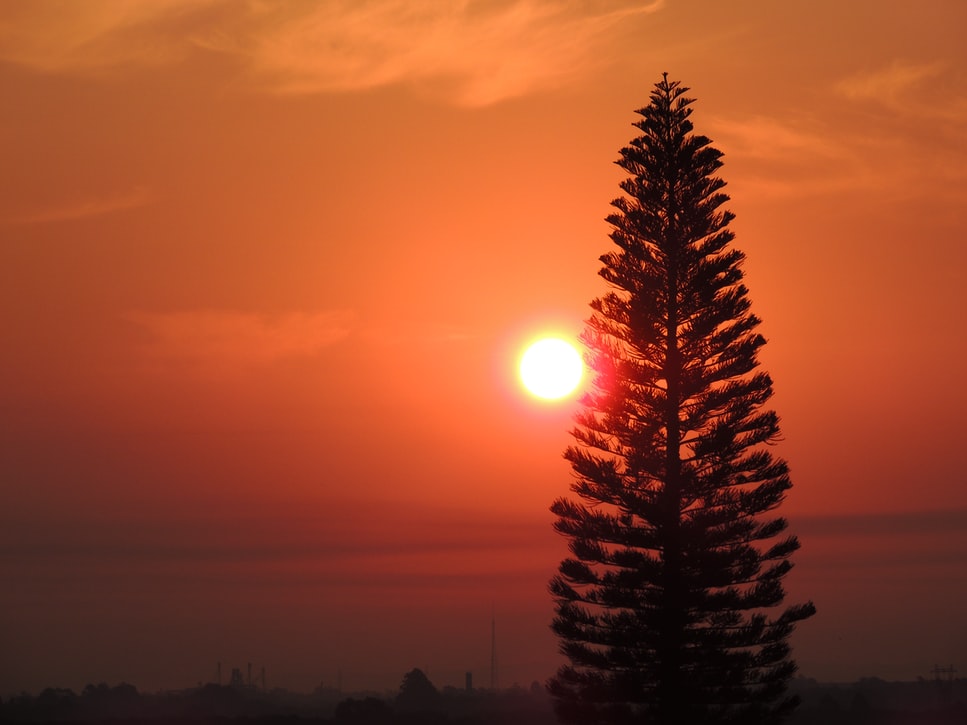
Since all trash in Singapore gets incinerated, the same applies to Christmas trees should they be disposed off after Christmas. While this is admittedly not the worst case scenario, there are actually much better options available as long as you are willing to put in a small amount of effort!
With the increasing numbers of Christmas tree sales in Singapore, nurseries are also putting in the effort to ensure that these trees are properly disposed or made use of. For a fee, most nurseries or companies selling Christmas trees will get rid of the trees for you post-Christmas, oftentimes by bringing them to recycling plants where they are turned into wood chips for fuel.
Some companies like Ikea Singapore have historically even offered rebates to customers who return live Christmas trees – all the more reason for you to do your part to keep Christmas trees green, as they well should be.
Otherwise, you can make a beaver’s day by dropping your trees off at the Singapore Zoo, where Wildlife Reserves Singapore makes an annual call for Christmas tree donations. These trees will be used as animal enrichment items for Justin the beaver and his other animal counterparts, providing them with something new to play with and gnaw on!
Do note that while Wildlife Reserves Singapore has been calling for donations every year since 2017, the pandemic situation this year might have affected this. Thus, do keep an eye out on their Facebook page for updates.
What about artificial Christmas trees?
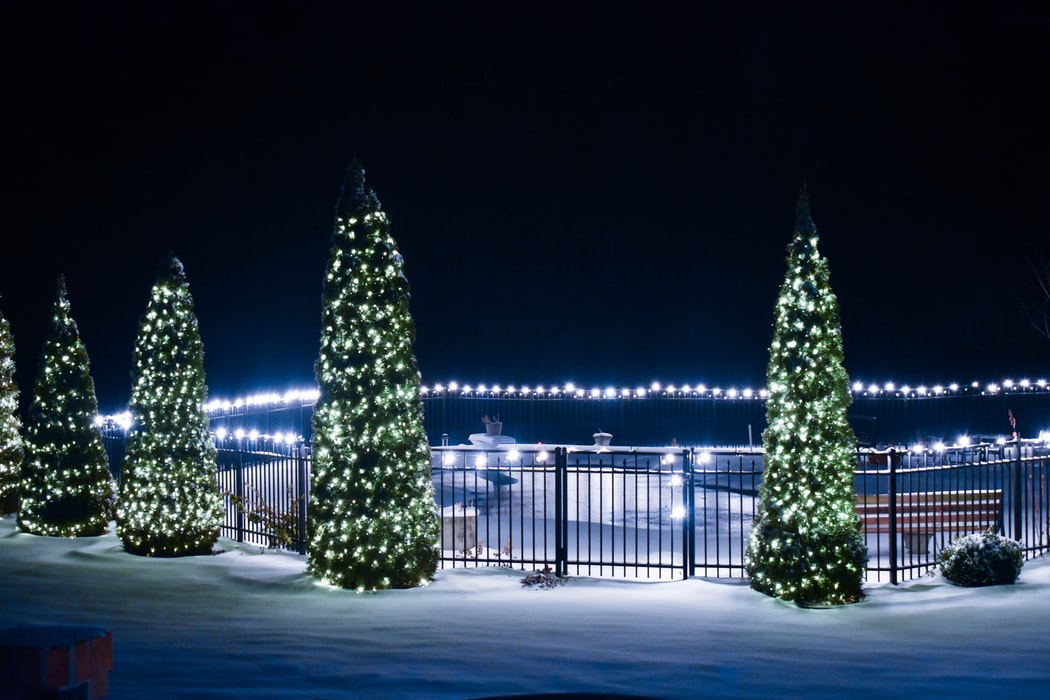
All things considered, on a one-off basis, artificial trees have an exponentially larger carbon footprint than that of real Christmas trees. The carbon costs of artificial Christmas trees don’t just come from transportation, but also the highly-polluting production and manufacturing process; most artificial Christmas trees are made of plastic alongside a metal frame, comprising an intensive production process involving fossil fuels and copious amounts of pollutants.
But they’re reusable, right?
Technically, yes. But its carbon cost is so large that this might not be a strong enough concession.
An artificial tree of about 2m in height is estimated to have a carbon footprint equivalent to about 40kg of greenhouse gas emissions – more than 10 times that of a real Christmas tree when it is incinerated. This means that for an artificial Christmas tree to make more ecological sense, you would have to reuse it a minimum of 10 times (essentially, 10 years).
So which Christmas tree is more green?
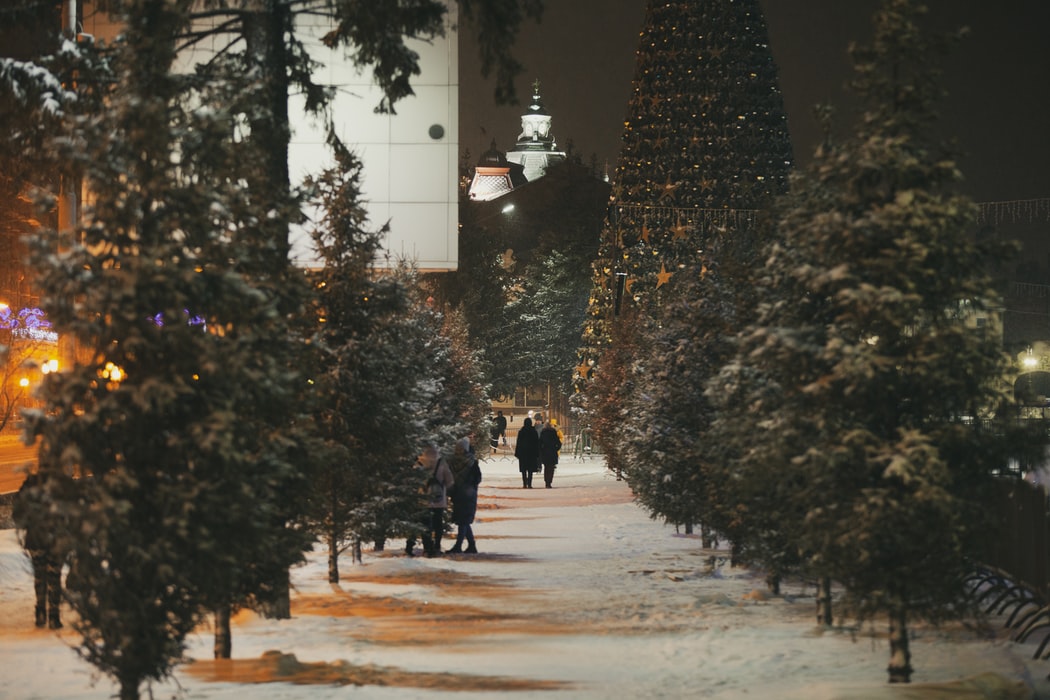
It depends on you!
Get a real Christmas tree if you wish to invite the warm scent of pine into your home, but make sure to take the proper steps to dispose of it and bring it to organisations that can give the tree a second lease of life whenever possible.
Otherwise, if you’re looking to eliminate the fuss and get an artificial Christmas tree instead, reuse it as much as possible. Get one that’s sturdy and durable, and use it for a lifetime if you will!
Remember, Santa will be watching you to ensure his reindeers still have their snowy wonderland in the years to come, so be sure to do your part to stay on the nice list, and keep Christmas green!
Join the conversations on THG’s Facebook and Instagram, and get the latest updates via Telegram.



